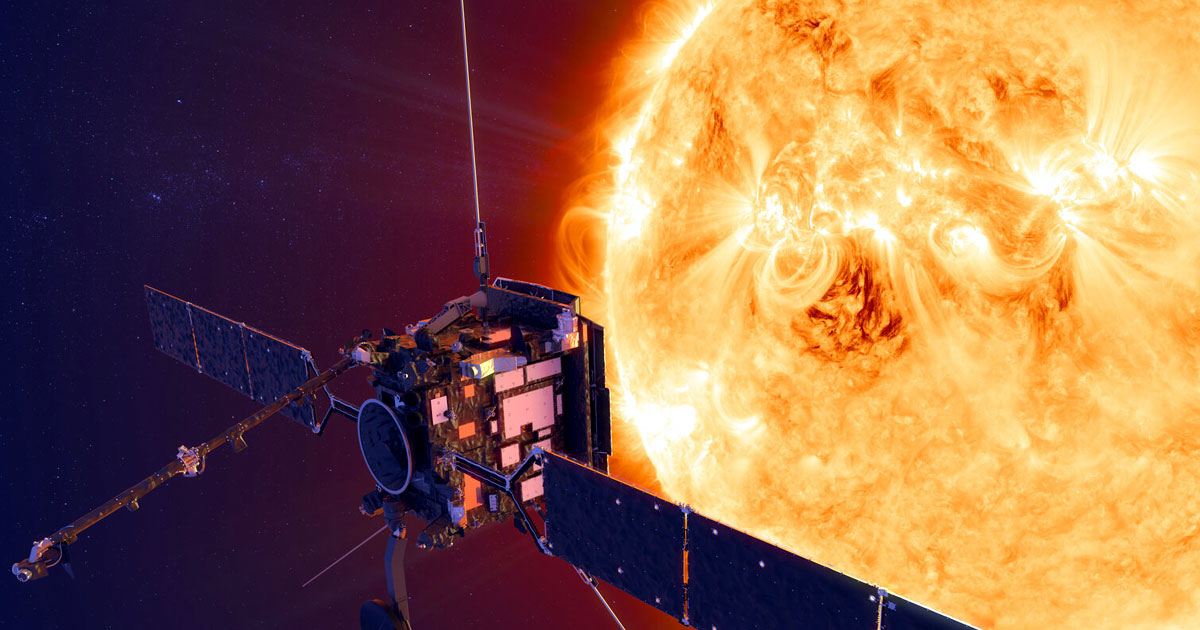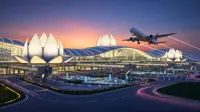Isro inserts Aditya-L1 into its halo orbit destination
07 Jan 2024

Indian Space Research Organisation (Isro) today announced the successful insertion of its dedicated solar observation spacecraft, Aditya-L1, into its final destination, the halo orbit around the Lagrange Point 1 (L1).
The halo orbit insertion was achieved at 16 hours (IST) on 6 January, Isro said, adding that the final phase of the maneuver involved firing of control engines for a short duration.
The spacecraft is now 1.5 million km away from Earth, on a continuously moving Sun-Earth line with an orbital period of 177.86 earth days. and spacecraft orbit. From the halo orbit, the spacecraft will be able to view the Sun without any eclipses.
The orbit of Aditya-L1 spacecraft is located roughly 1.5 million km from earth on the continuously moving Sun – Earth line with an orbital period of about 177.86 earth days.
According to Isro, this halo orbit has been selected to ensure a mission lifetime of 5 years, minimising station-keeping manoeuvres and thus fuel consumption and ensuring a continuous, unobstructed view of sun.
The Aditya-L1 mission is a solar observatory for “observing and understanding the chromospheric and coronal dynamics of the Sun” in a continuous manner. The advantages of placing Aditya L1 in the halo orbit around L1 point are:
- It provides a smooth Sun-spacecraft velocity change throughout the orbit, appropriate for helioseismology;
- It is outside of the magnetosphere of Earth, thus suitable for the "in situ" sampling of the solar wind and particles; and
- It allows unobstructed, continuous observation of the Sun, and view of earth for enabling continuous communication to ground stations.
The insertion of Aditya-L1 into this halo orbit represents a critical mission phase, which demanded precise navigation and control, besides constant monitoring along with the adjustment of the spacecraft's speed and position by using onboard thrusters.
Aditya-L1 was designed and realised at UR Rao Satellite Centre (URSC) with participation from various Isro centres. The payloads onboard Aditya-L1 were developed by Indian scientific laboratories, IIA, IUCAA and ISRO.
The Aditya-L1 spacecraft was launched by PLSV-C57 on 2 September 2023 from SDSC SHAR, into an elliptical parking orbit (EPO) of 235.6 km by 19502.7 km. From here, Aditya-L1 embarked on an extraordinary journey towards the Sun-Earth-L1 Lagrange point, with the help of the onboard propulsion system.
The spacecraft took 126 days to reach its destination, including a cruise phase of approximately 110 days.
All the payloads were tested during the pre-commissioning phase and performance of all the payload is confirmed to be satisfactory.
Prime Minister Narendra Modi congratulated Isro and its team of scientists for achieving yet another feat. "India creates yet another landmark. India's first solar observatory Aditya-L1 reaches its destination. It is a testament to the relentless dedication of our scientists in realising among the most complex and intricate space missions," Modi said in a Tweet.
Isro’s solar mission comes after the successful Chandrayaan-3 mission.
Aditya L1 solar observatory mission will explore the different solar activities in real-time and their influence on space weather, according to Isro.
The major objectives of Aditya L1 mission aims to study:
- Study of Solar upper atmospheric (chromosphere and corona) dynamics;
- Development, dynamics and origin of CMEs;
- Identify the sequence of processes that occur at multiple layers (chromosphere, base and extended corona), which eventually leads to solar eruptive events;
- Magnetic field topology and magnetic field measurements in the solar corona;
- Drivers for space weather (origin, composition and dynamics of solar wind);
- Study of chromospheric and coronal heating, physics of the partially ionized plasma, initiation of the coronal mass ejections, and flares; and
- Observe the in-situ particle and plasma environment providing data for the study of particle dynamics from the Sun.
The overall budget of Aditya L1 is estimated to be Rs400 crore.
Isro chairman S Somanath said Aditya-L1 is now in the precise Halo orbit, although some corrections are still needed.
"It was a complex mission, I won't say challenging mission. Challenges are something which we love, complexities are something which we have to overcome. Today, we have overcome the complexity, and we were able to achieve that very precisely. Payloads are working very well, but now, many more things are to be done on payloads to make sure that the data is reliable and usable, so that will start from now."







.webp)














